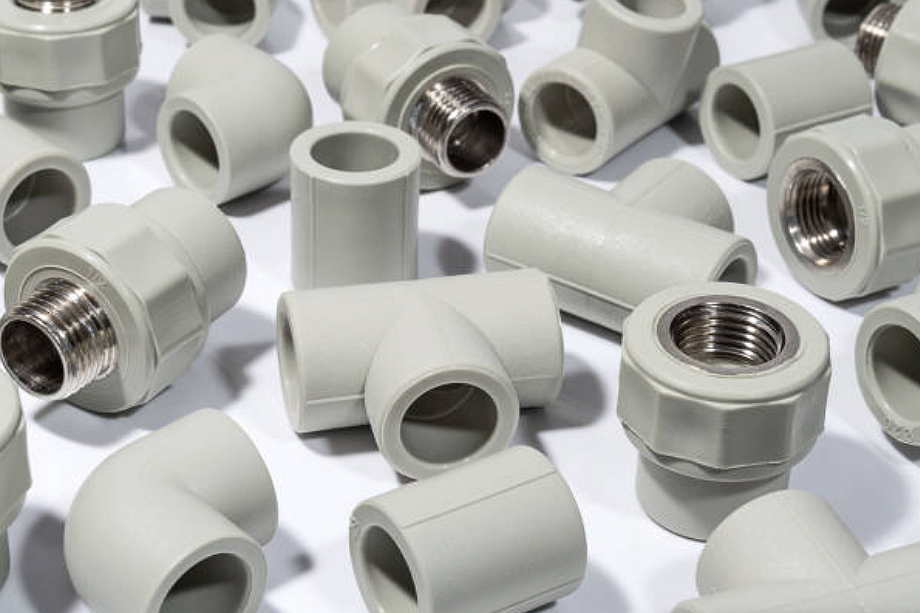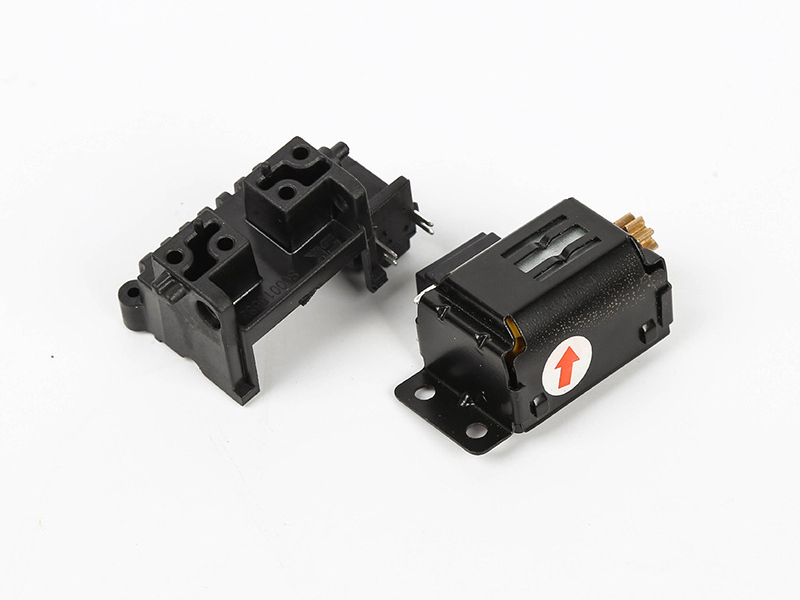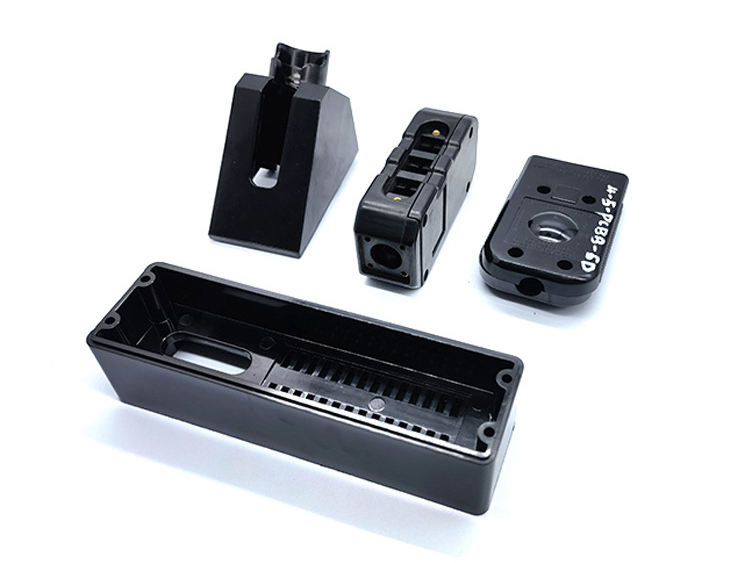How can companies effectively integrate insert molding into their product design processes?
Strategic Role of Insert Molding in Product Development
Insert molding integrates preformed metal, ceramic, or composite inserts directly into plastic components, producing durable hybrid parts that reduce assembly time and improve performance. For companies aiming to streamline production and enhance functionality, incorporating this technology early in the product design phase is crucial. By aligning design intent with material behavior and process capabilities, manufacturers can achieve both structural efficiency and cost optimization.
Early Design Collaboration
Successful integration starts with cross-functional collaboration between design, tooling, and manufacturing teams. Using CNC machining, prototyping, and rapid molding prototyping, engineers can validate insert geometries, optimize gating positions, and identify potential stress zones before tool fabrication. This early validation ensures that the insert’s function—whether for electrical contact, reinforcement, or alignment—is effectively incorporated into the final molded structure.
Material and Process Alignment
Choosing the right combination of materials is fundamental. Thermoplastics like nylon (PA) and polycarbonate (PC) offer strong adhesion and thermal stability when combined with metallic inserts. In applications requiring exceptional wear resistance or conductivity, alternative processes such as metal injection molding (MIM) or ceramic injection molding (CIM) can produce high-performance inserts that integrate seamlessly during the molding process.
Design for Manufacturability and Simulation
Incorporating injection molding simulations during product development enables the evaluation of flow behavior, shrinkage, and bonding strength between the insert and substrate materials. This digital approach minimizes tooling modifications and accelerates design iterations. When combined with 3D printing prototyping, it allows fast feedback loops for dimensional accuracy and assembly fit testing.
Applications Across Industries
Sectors such as automotive, medical devices, and consumer electronics utilize insert molding to integrate multiple functions—such as structural support, EMI shielding, and connection pathways—within compact, lightweight parts. This process simplifies supply chains while enhancing durability and product reliability.
Conclusion
Effective integration of insert molding into the product design process relies on early engineering involvement, material synergy, and advanced simulation-driven validation. With Neway’s expertise in precision tooling, multi-material molding, and rapid prototyping, companies can confidently adopt insert molding to deliver high-performance, cost-efficient products.



